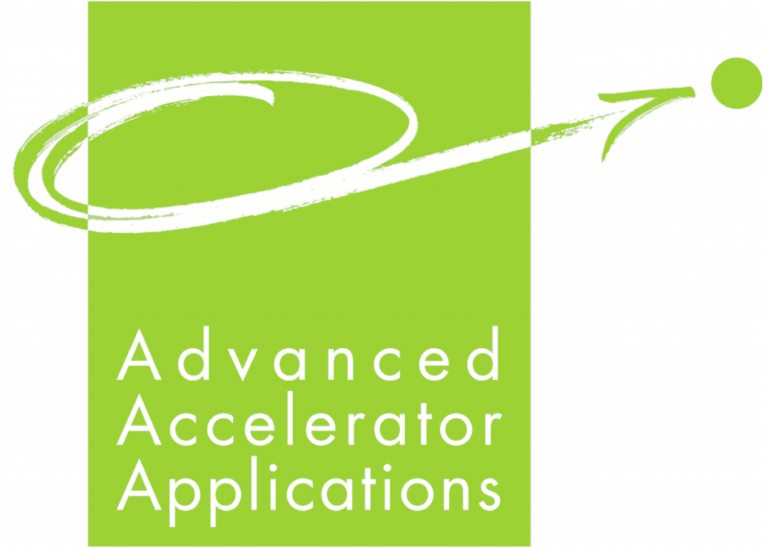
For Our full Market Exclusive Weekly Biotech Report Click Here
Advanced Accelerator Application SA (ADR) (NASDAQ:AAAP)
Somakit-TATE
FDA decision on Somakit-TATE to help diagnose somatostatin-receptor-positive NET lesions
The Science
First up this week is Advanced Accelerator Applications SA (ADR) (NASDAQ:AAAP). This company has two separate products with the FDA, both with a target indication of neuroendocrine cancers. The one we are looking at – the one with an upcoming PDUFA on June 1 – is called Somakit-TATE. It’s a diagnostics product, designed to radiolabel the other product the company has filed for approval – Lutathera.
Lutathera is a somatostatin analogue peptide. It works to reduce the growth and symptoms of endocrine tumors by inhibiting the production and secretion of a whole bunch of hormones, including serotonin, gastrin, vasoactive intestinal peptide, secretin, motilin and pancreatic polypeptide. This isn’t the drug we are going to discuss today, but it’s worth touching on quickly for background. In studies completed to date, the drug has shown a significant improvement in progression free survival over the current SOC somatostatin, or Octreotide, which was developed and is now marketed and sold by Novartis AG (NYSE:NVS).
Getting back to TATE, this diagnostics product works to label and identify tumors that could benefit from treatment with somatostatins such as Octreotide and, if approved, Lutathera. Of course, AAAP is hoping that the FDA will approve both products – the drug and the diagnostics tool – so as to allow sale and promote use in tandem.
The Data
This one is a bit of an anomaly when it comes to data. Because it is a diagnostics preparation tool, and further, because the product in question is the kit that is used to create the product, not the product itself. The FDA is assessing TATE based on similar products. Specifically, if the kit is able to produce 68Ga-DOTATATE, which is the diagnostics product, and this product is equivalent to the current diagnostics version, then it should be approved. The FDA granted priority review for TATE last year, and the initial PDUFA was slated for March 31, 2016. Just before this date, however, the agency reported that it was issuing a three-month extension. The extension is the standard issue, so we can’t use it as any sort of indication as to TATE’s chances of approval. That is, we can’t look at the three month time frame and think, ah, three months, this is more (or less) than another extension and so it suggests that TATE has something seriously wrong with it.
To date, data has demonstrated that the tool is effective, and works well when combined with Lutathera. We also know that it’s safe at least as suggested by the trials to date. What we don’t know is why the FDA extended the initial PDUFA, and this is going to be what adds a little uncertainty to the situation come June 1.
The Market
It’s tough to come up with a specific number, purely based on the fact that the drug is a diagnostic, not a drug itself. We know that the SOC that Lutathera is targeting the replacement of (Octreotide) generated $1.63 billion for Novartis in 2015, and so we can use this to form a general opinion as to the potential implications of an approval. To do so, we need to make a couple of assumptions. The first, that an approval in the TATE product will indicate a likely approval in the Lutathera product. The second, that Lutathera can demonstrate enough of an improvement over the Novartis drug to pick up a decent share of the market. If both of these assumptions are valid, then we are looking at 45-55% market share of the current $1.63 billion revenues for Lutathera, and probably another 10-20% of these revenues on top if we assume TATE is used as a diagnostic prior to Lutathera administration. Given these numbers, an $800 million to -$1.1 billion market potential is not unreasonable.
Reaction and Trading Strategy
The implications of an approval for TATE on the resulting approval for Lutathera are really what matters here, and in turn, the reaction to an approval come June 1 will reflect both scenarios. As such, if the agency gives TATE the green light, there’s plenty of potential upside on AAAP’s current market capitalization. The company is currently valued at a little over $1.1 billion. With an FDA approval for the diagnostics kit, there’s a potential for 25-35% upside on the current $1.1 billion. A subsequent approval for Lutathera adds another 40% on to this potential upside. An FDA decline will likely serve up a 10-20% downside.




